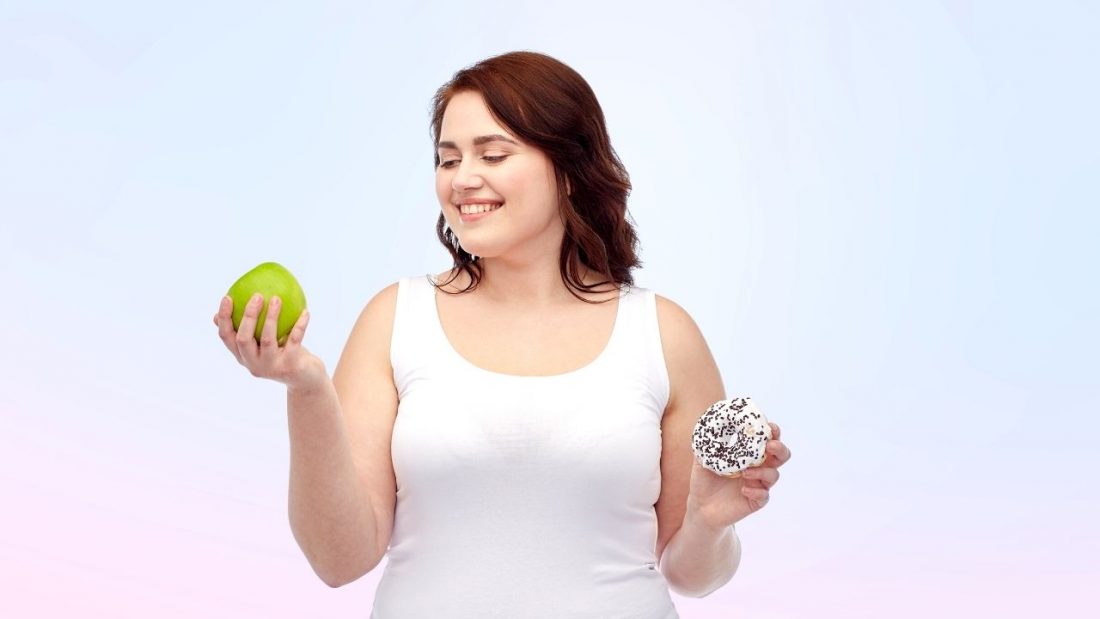How many food rules did you learn before age 10? Food rules guide our conscious and subconscious drivers or reasons for eating. And this is one of the reasons why Eating for You focusses on habits, rather than food.
What are food rules?
By food rules, I mean the things that were spoken about,
As well as the not so obvious associations that were formed with food.
Obvious rules
In my own family, there were a number of rules too.
- We said grace before we ate.
- We had to eat everything that we were given to eat.
- We couldn’t have dessert unless we ate our main meal.
- We couldn’t leave the table until we had eaten everything plated for us.
- We had fish and chips on Friday nights and a roast meal on Sundays!
I love sharing the story about my sister on the night she wouldn’t eat her green beans.
I believe she had to sit at the dining table by herself for an hour or more.
But she still didn’t eat her beans!
My parents grew up during the depression years,
So I understand why food wastage was not allowed.
And I agree that food is precious and not to be wasted.
However, how could my parents know how much food we needed to eat to satisfy our physical hunger?
They couldn’t.
Not so obvious rules
The not so obvious rules form when food is used to reward or soothe.
The words I remember are,
“If you are a good girl, I will buy you an ice-cream, a soft drink, or lolly.”
“How about a sweet to take away the pain?”
And if I was upset, because I had fallen over
“How about a sweet to take away the pain?”
And of course, I said “yes”.
Now I don’t blame my parents for the rules that I grew up with,
They had our best interests at heart.
And they were not trained in food psychology!
How food rules impact our habits?
The food rules we learned as children, and the ones that we have learned since, from friends and fad diets, consciously or subconsciously affect what, why, how, and when we eat.
9 Drivers for eating
The Eating for You approach highlights 9 drivers or reasons for eating.
These drivers fuel our eating habits.
#1 Health
#2 Physical hunger
#3 Spiritual and ethical beliefs
#4 Food knowledge and skills
#5 Food preferences
#6 Eating for pleasure
#7 Emotions and stress
#8 Convenience
#9 Body image
The drivers help us to understand our eating habits and how we can change them.
Our food rules can impact on each of these drivers in a positive or negative way.
Case Studies
Angie shared in a research interview,
“There has been more stress in my life from food and my body issues than anything external. That has probably given me the most grief in 15 years.
It has probably caused me to cry more than anything. That would be my number one trigger, which is counterproductive.
The whole trying to do the right thing, going on diets and changing the way you eat and exercise to get certain results and never getting them.”
For Beth, her frustration was different.
“I don’t have one big thing to change like I don’t drink alcohol so I can’t just give up alcohol, and I don’t have 2L soft drink a day, like some people, so I can’t just give that up.
I don’t eat fast foods or take away foods, and I don’t even buy Thai take away, but I would meet with a friend and eat at a Thai café. So I don’t have one major big thing.
So, I think my main things are portion size but I also do snacking.”
I know that my experience of having food plated for me as a child is not uncommon.
But having to eat everything I was given, regardless of my level of hunger meant that I learned to overeat. I had no sense of how to select an amount of food to satisfy physical hunger.
Becoming a dietitian gave me everything there was to know about health, nutrition, and food, but the steps I took to learn how much I needed to eat led me to create the Eating for You approach.
These stories might sound familiar?
Transforming habits
Not only does the Eating for You approach help you to identify your main drivers for eating.
The mindfulness-based approach guides the transformation of each habit, one by one, with patience and practice.
It prioritises tuning into your hunger level, as physical hunger is the gateway to understanding your real drivers, or reasons, for eating.
Physical hunger is the gateway to understanding your real drivers, or reasons, for eating.
By focussing on one habit at a time, you can put a strategy in place and not become overwhelmed.
For Angie, she shared with me during the research interview, that she let go of her concern about weight and prioritised her health and happiness.
Beth realised during the Foundations Course, that her overeating was related to boredom eating, and she has the skills now to know the difference between physical hunger and eating through boredom.
And for me, tuning into physical hunger before I eat has become a natural part of my experience of eating.
The Eating for You approach is not a quick fix, but it offers a life long solution to the types of eating habits explained above.
Like to get started?
If you are ready to transform your eating habits, you are welcome to join me in an Eating Habit Profile.
In the free, online call, we identify your main driver that requires attention, and
I get you started with your first step towards a new way of eating, without overwhelm or false promises created by diets.
BOOK NOW



